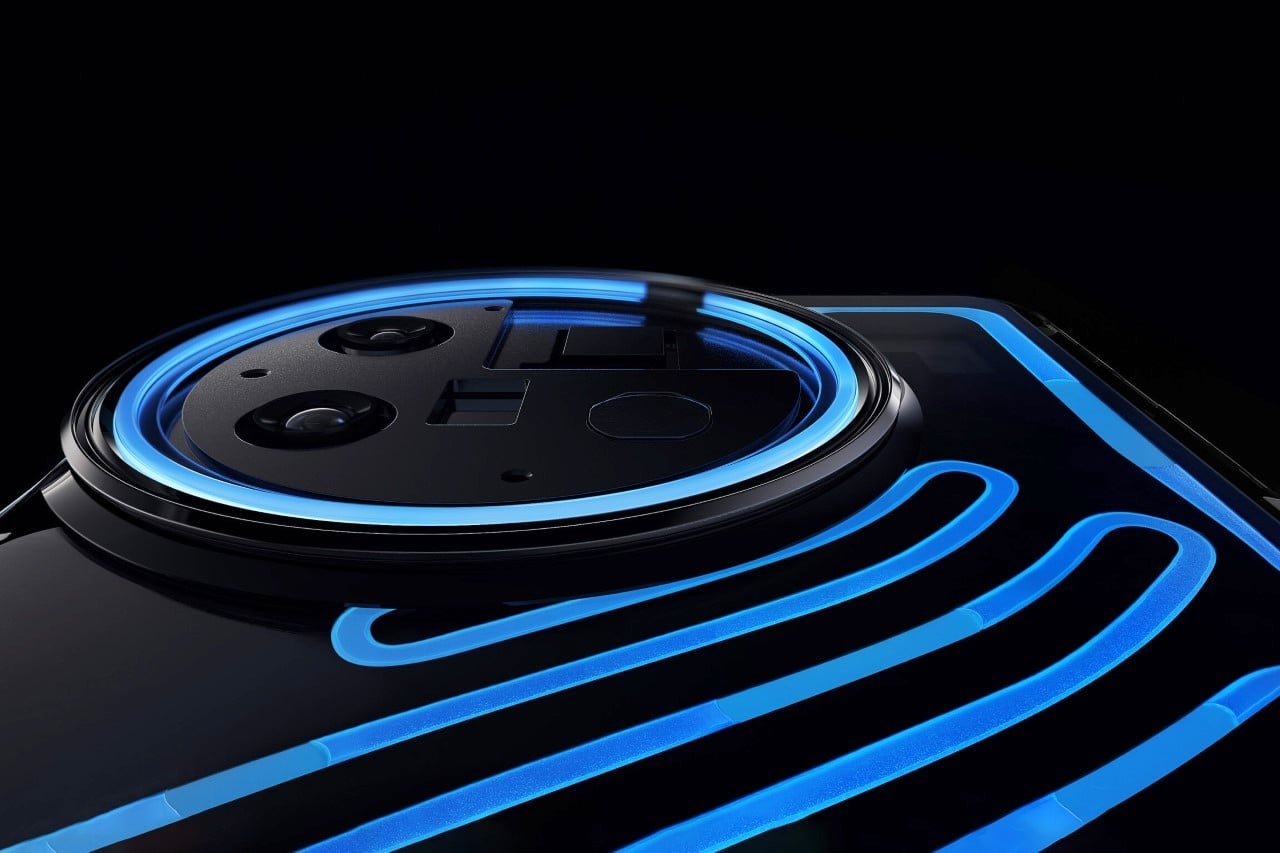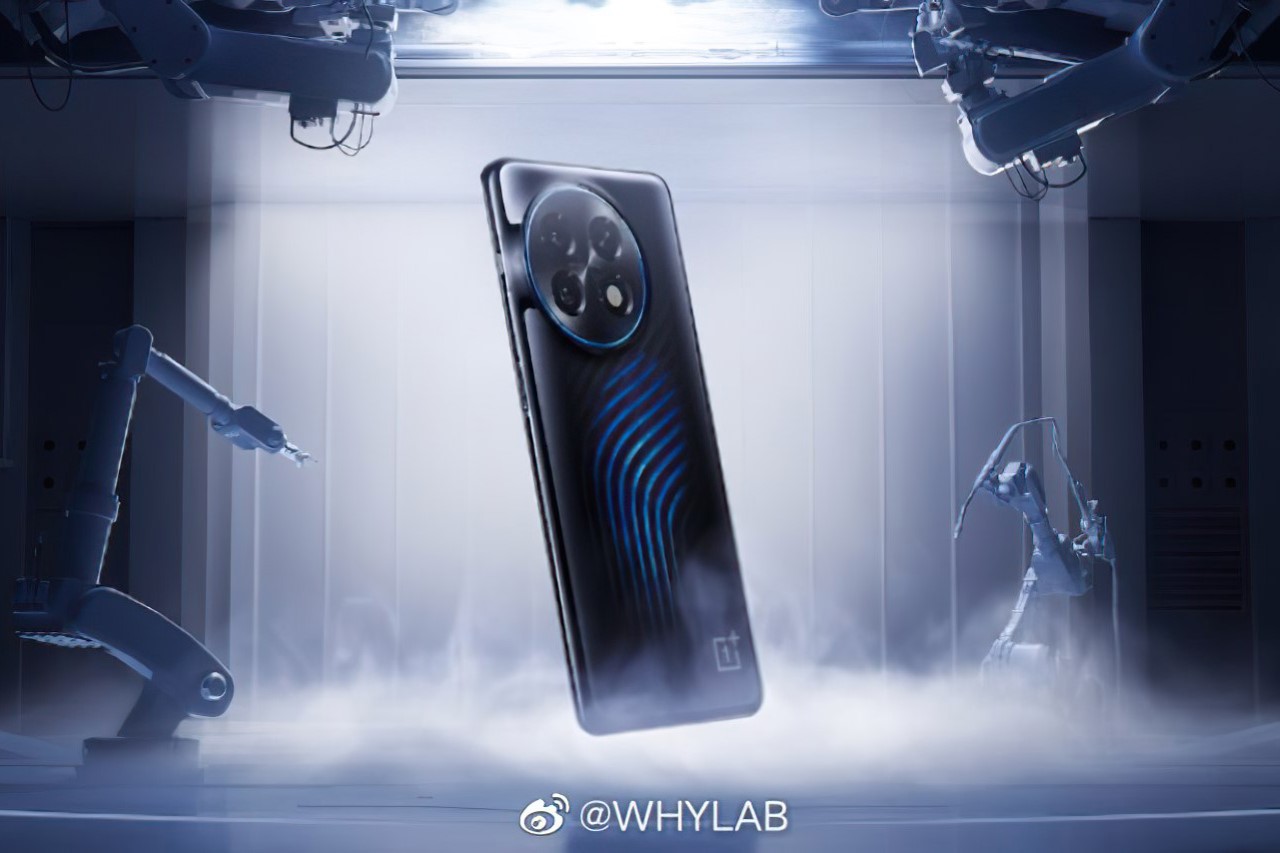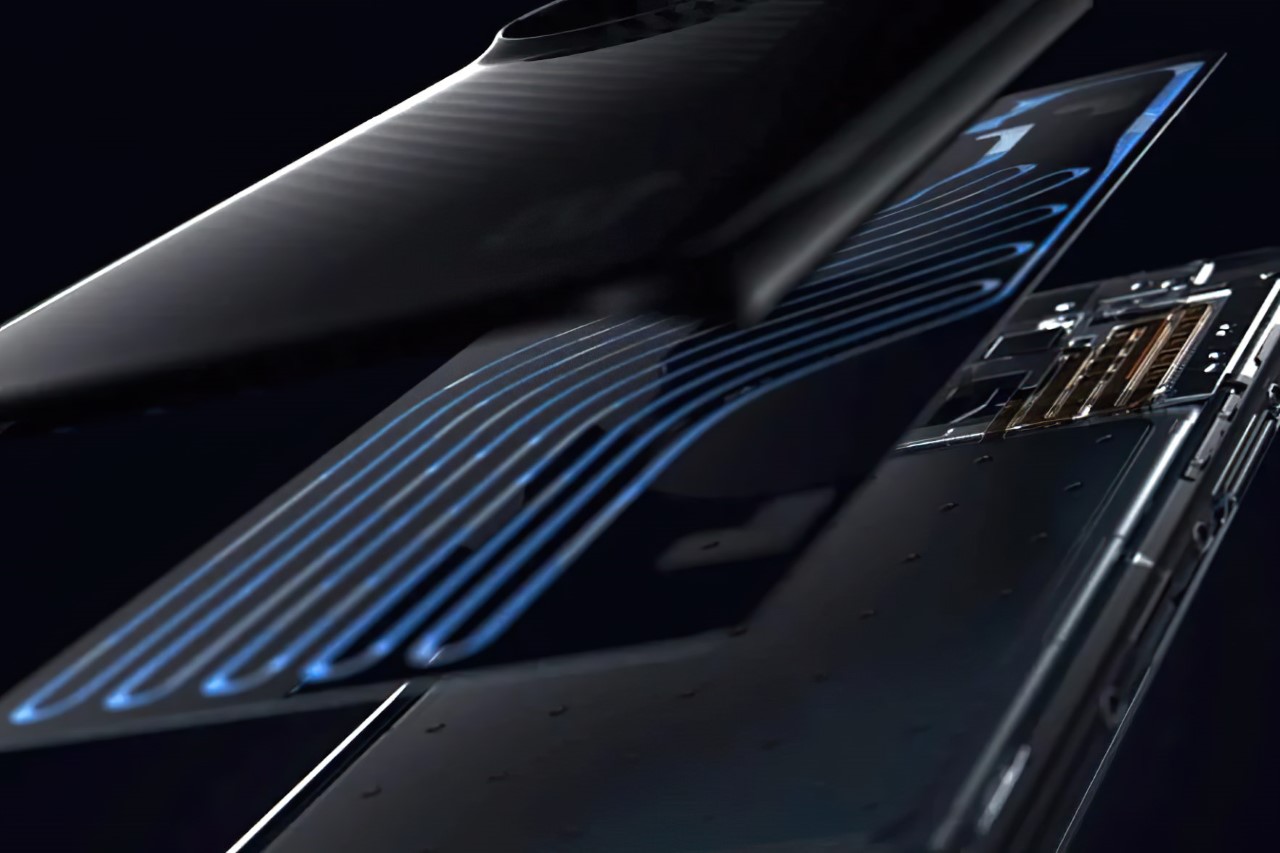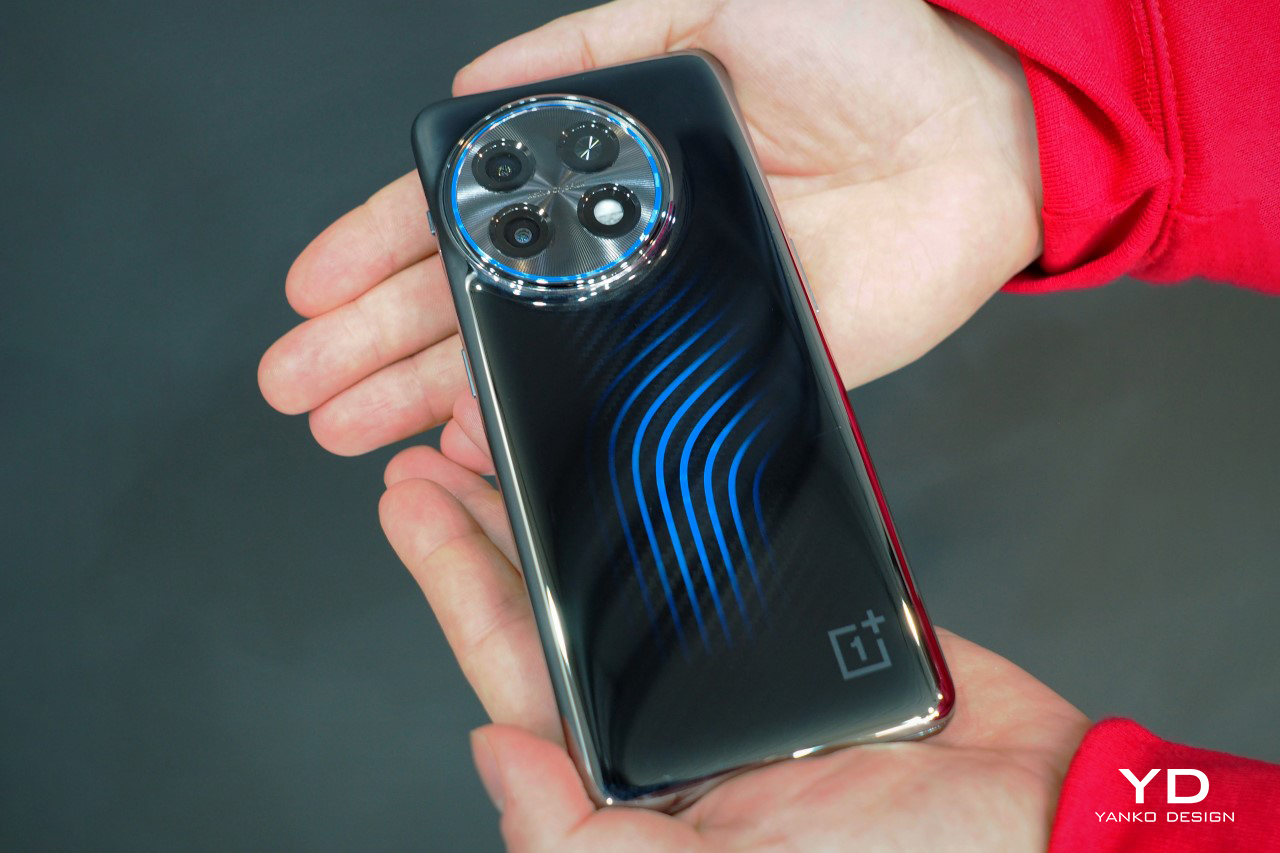
It’s a great-looking concept, but is it capable of being more than just a concept?
Unveiled at Mobile World Congress in Barcelona, the OnePlus 11 Concept’s highlight feature is its ‘subsurface pipeline’ of liquid cooling, dubbed the Active CryoFlux cooling system (apparently it isn’t a dig at the Nothing phone (1)’s glyph interface). Designed to boost gaming performance by cooling the phone down by as much as 2°C, the Active CryoFlux cooling system also has the added advantage of literally looking cool too, with tiny bubbles traversing up and down the piping structure on the back panel and around the camera bump… but that’s pretty much all there is to it. Unveiled as a conceptual device, the smartphone’s cooling system seems to be nothing but an experimental technology that probably won’t make its way into phones because gaming phones are a niche that OnePlus has never catered to. So what exactly does the OnePlus 11 Concept hope to achieve? Well, Marques Brownlee rather bluntly says that it’s “just a PR stunt at the end of the day”.
Designer: OnePlus
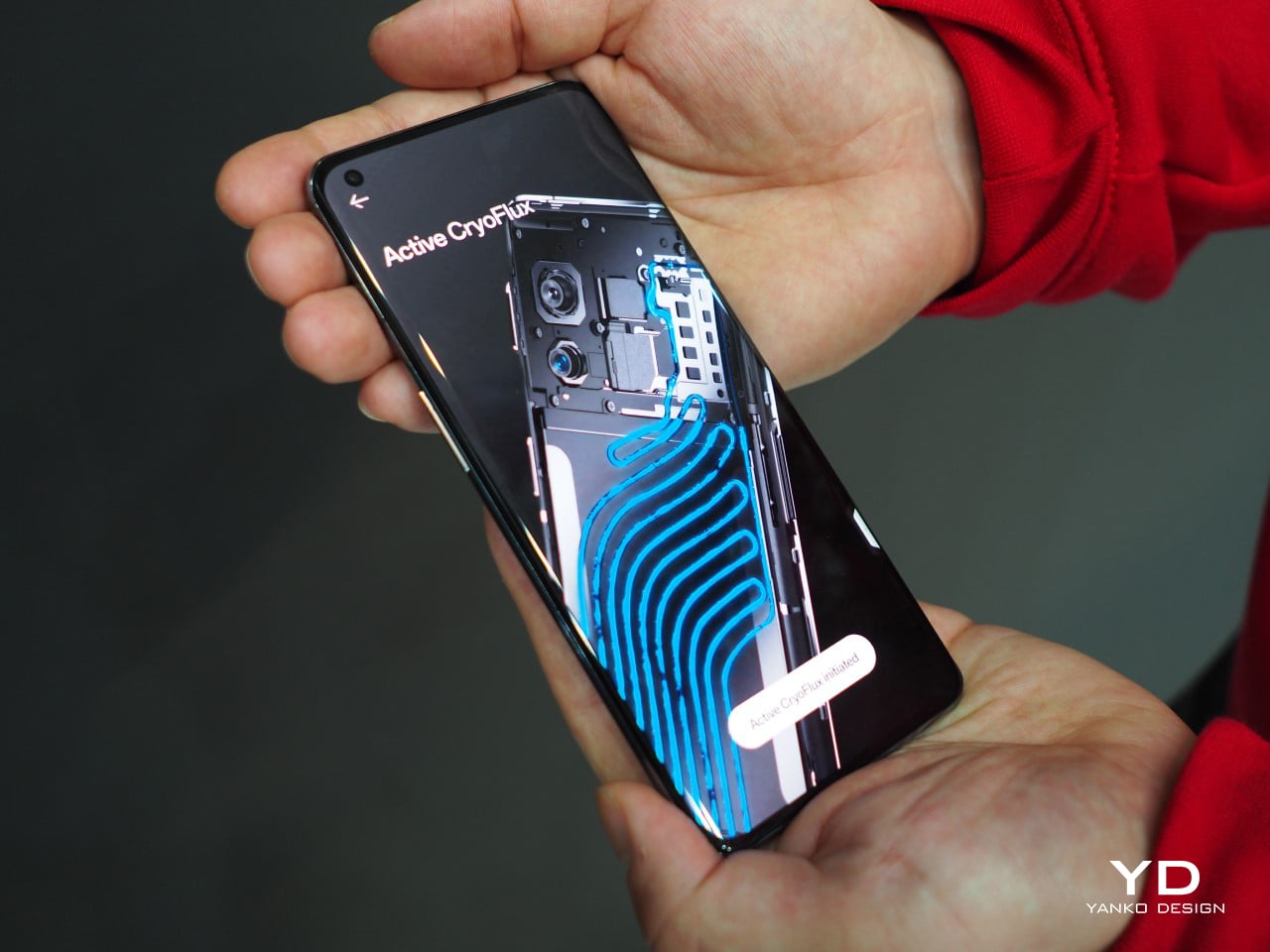
After roughly a week of speculating what those blue lines on the phone’s rear were (notification lights, fingerprint sensors, etc.), turns out they’re OnePlus’ latest innovation in compact liquid cooling. The phone comes with an “industrial-grade piezoelectric ceramic micropump” and a network of pipes curving around the rear panel, which circulate a blue liquid around the phone’s battery and camera bump, cooling the device down by up to 2°C. It’s enough to result in a performance uplift of between 3 and 4 frames per second, or even help cool the phone while it’s charging, OnePlus says. Visually, it does add a unique dynamism to the phone’s rear. The blue pipes have pulsating, moving lights inside them, making it look like the liquid’s circulating around the chassis of the phone. Remarkably enough, the liquid cooling setup doesn’t even add any weight or thickness to the handset, making for a pretty compelling concept.
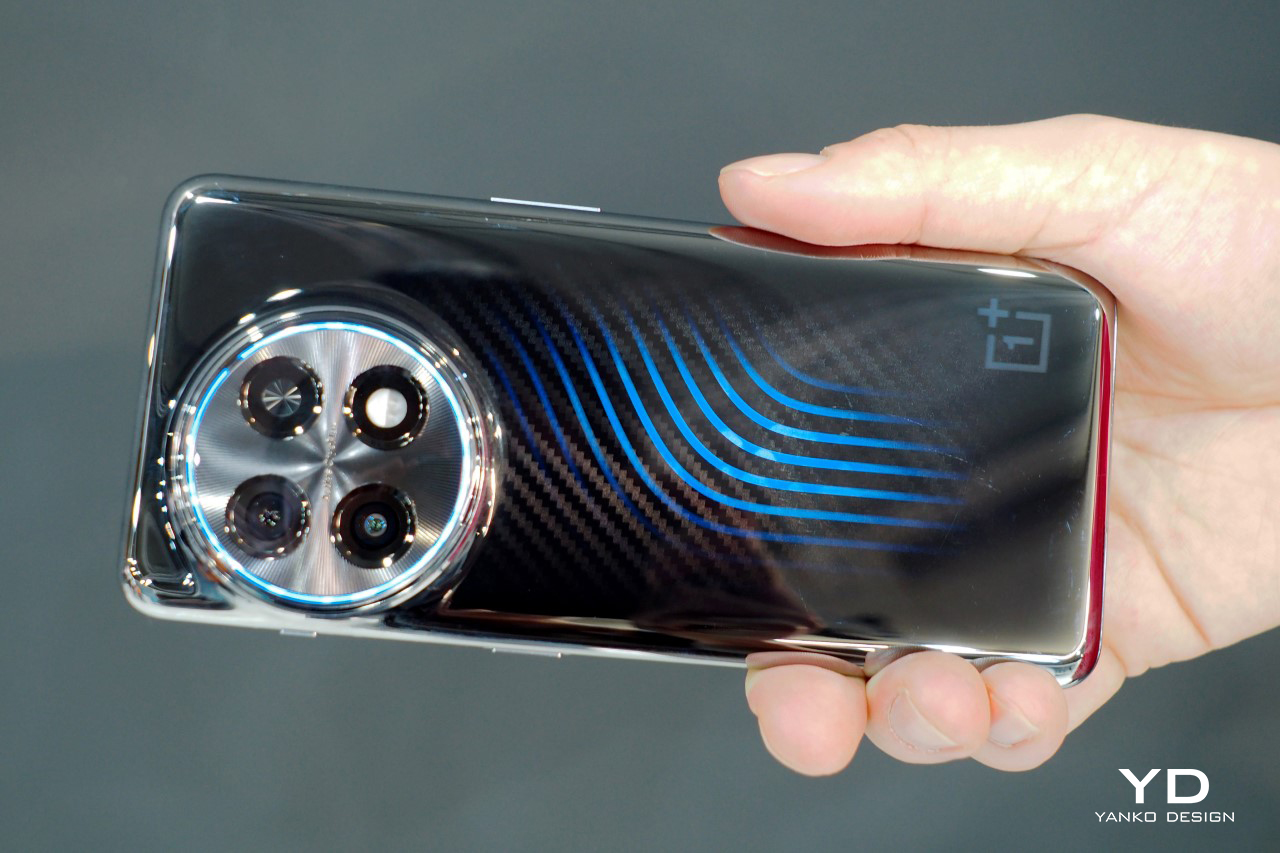
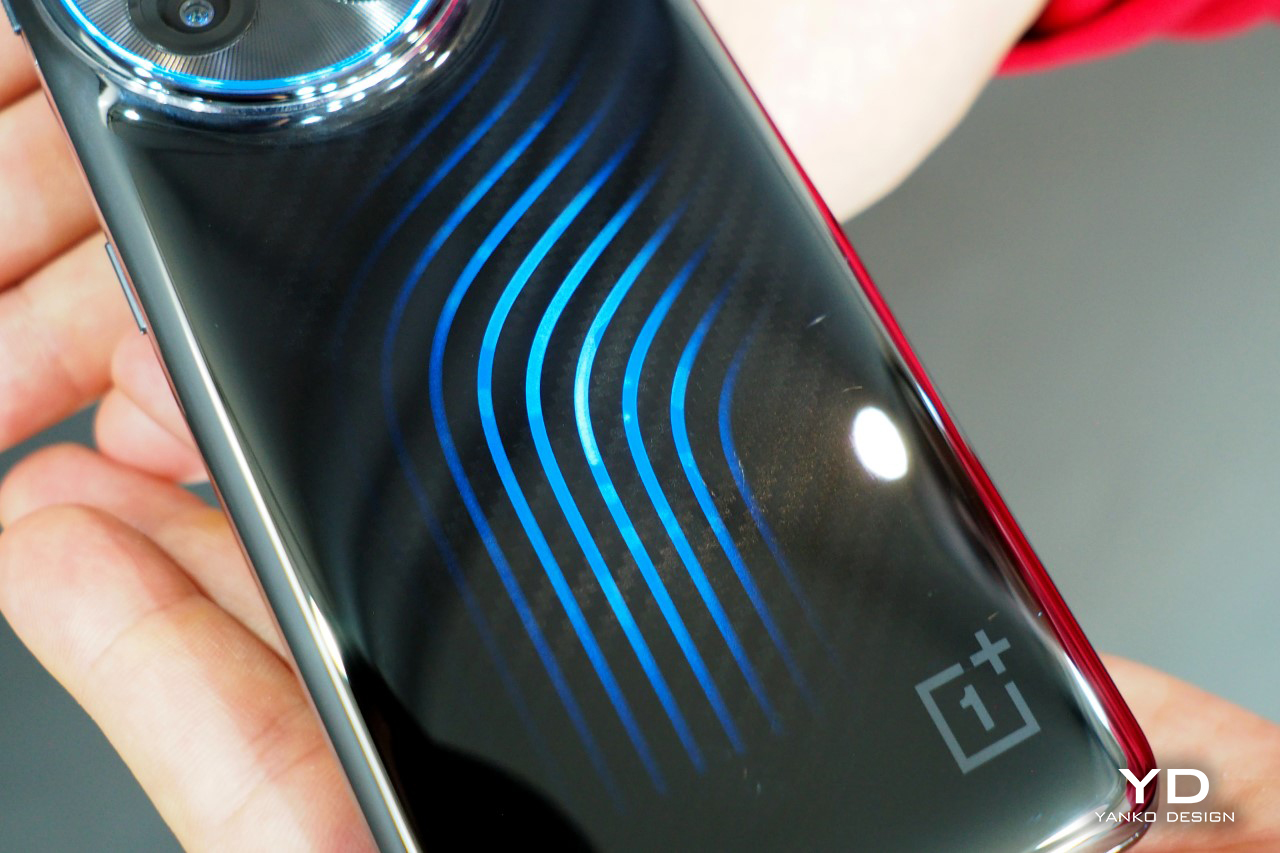
Although the amount of actual cooling the Active CryoFlux tech will do is pretty much debatable at this point (we can’t verify it either because it’s a concept), the focus of the phone really seems to be the ‘light show’ at the back. Somewhat feeling like a dig at Carl Pei, the 11 Concept’s rear light show also claims at being ‘functional’, like the Nothing phone (1)’s glyph interface. However, realistically, it really doesn’t merit proper discussion because the cooling feature isn’t really a feature if no consumer is ever going to benefit from it… and that really seems to be the ongoing trend with this current barrage of concept phones, whether it’s Xiaomi’s bonkers 12S Concept with attachable Leica lenses, or Lenovo/Motorola’s rollable phone from a few days back, or even OnePlus’ own concepts, including the partnership with McLaren in 2020.
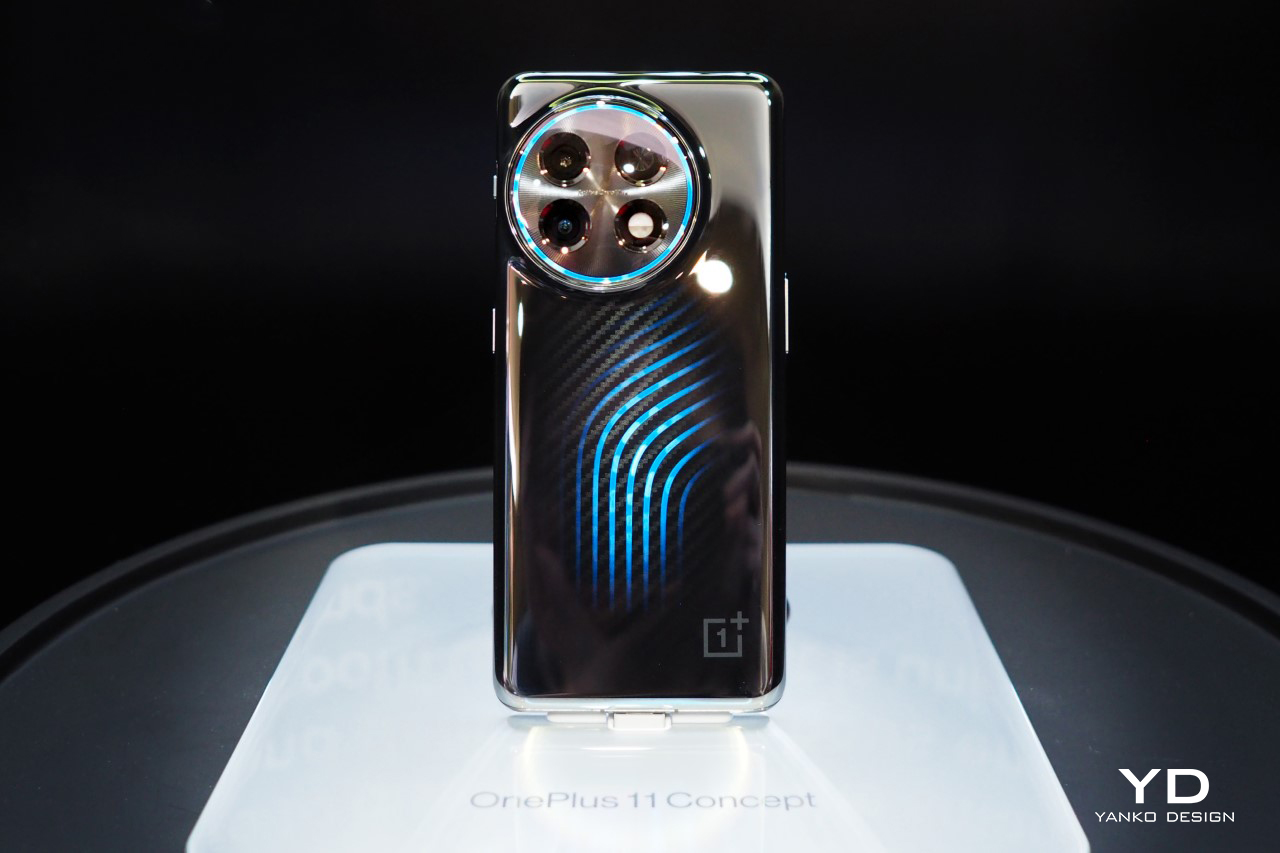
The OnePlus 11 Concept is the third such concept from the Oppo subsidiary, following the Concept One with McLaren which featured electrochromic glass over the camera that turned opaque to block the lenses, and the 8T Concept, which had an entire back panel made from electrochromic glass, which could change color on demand, altering your phone’s aesthetic in seconds. As impressive as the technology seemed back then, it never was viable, given how expensive electrochromic panels were (Apple spent $427 million on electrochromic glass panels alone for their Cupertino HQ building windows). The Active CryoFlux cooling system on the 11 Concept is impressive too, but it feels like an R&D flex more than anything, with very little chance of application in real life. I’m willing to, however, give OnePlus the benefit of doubt that this technology will eventually be viable at scale and phones in the future will have oozing liquid-cooling pipes inside them. Until then, call me a skeptic… and call this a winning strategy because OnePlus got exactly what they wanted – coverage.
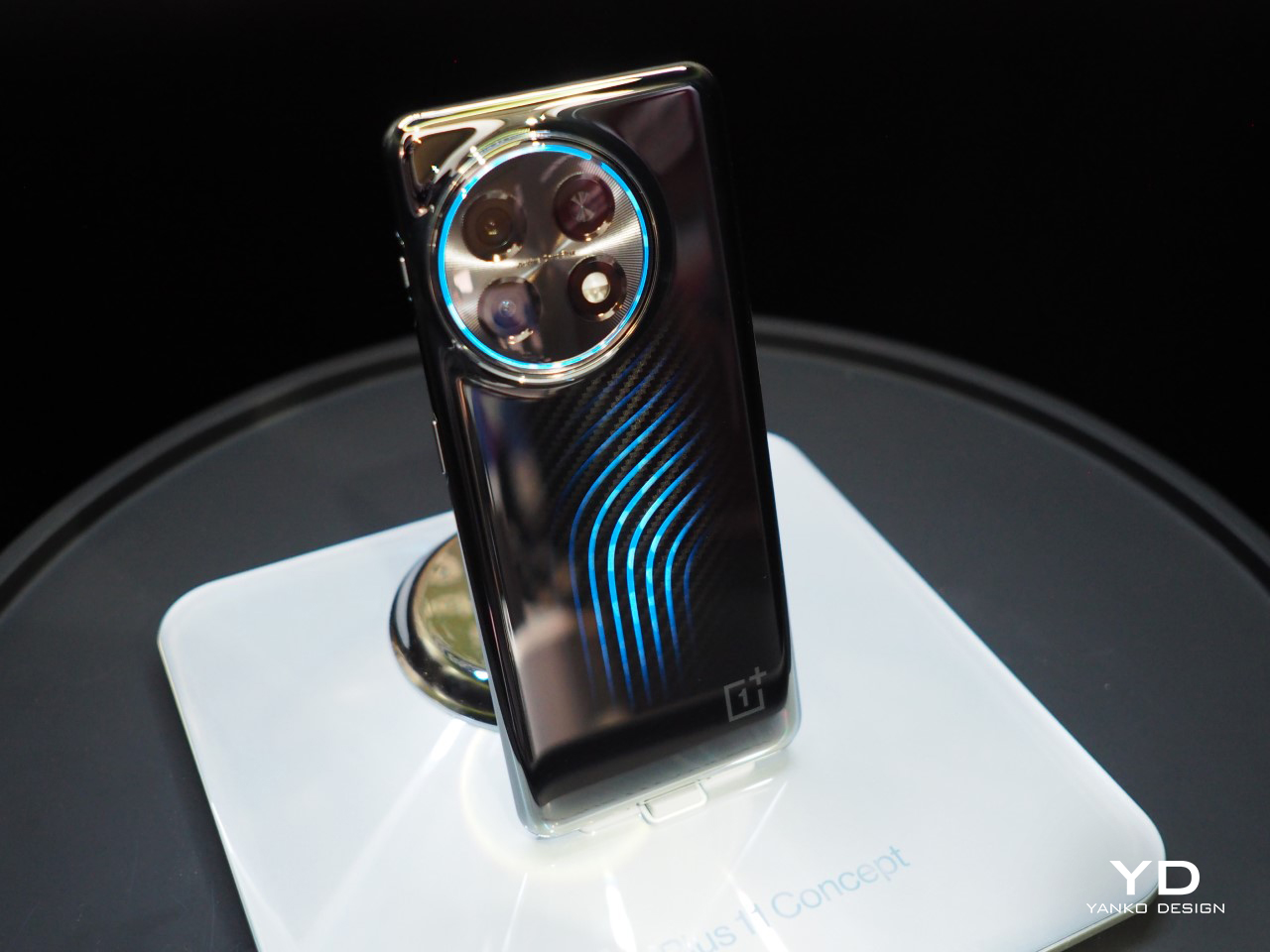
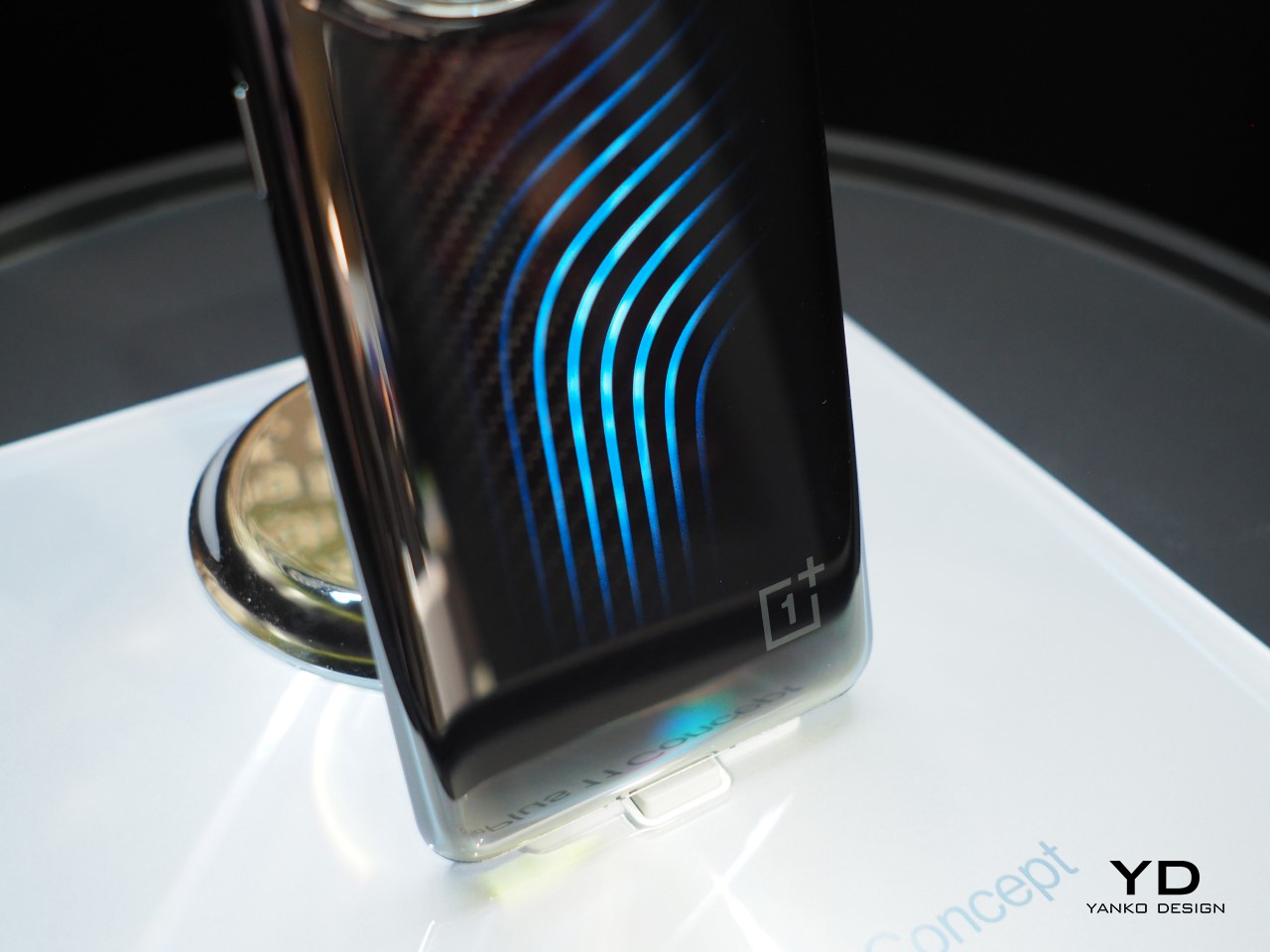
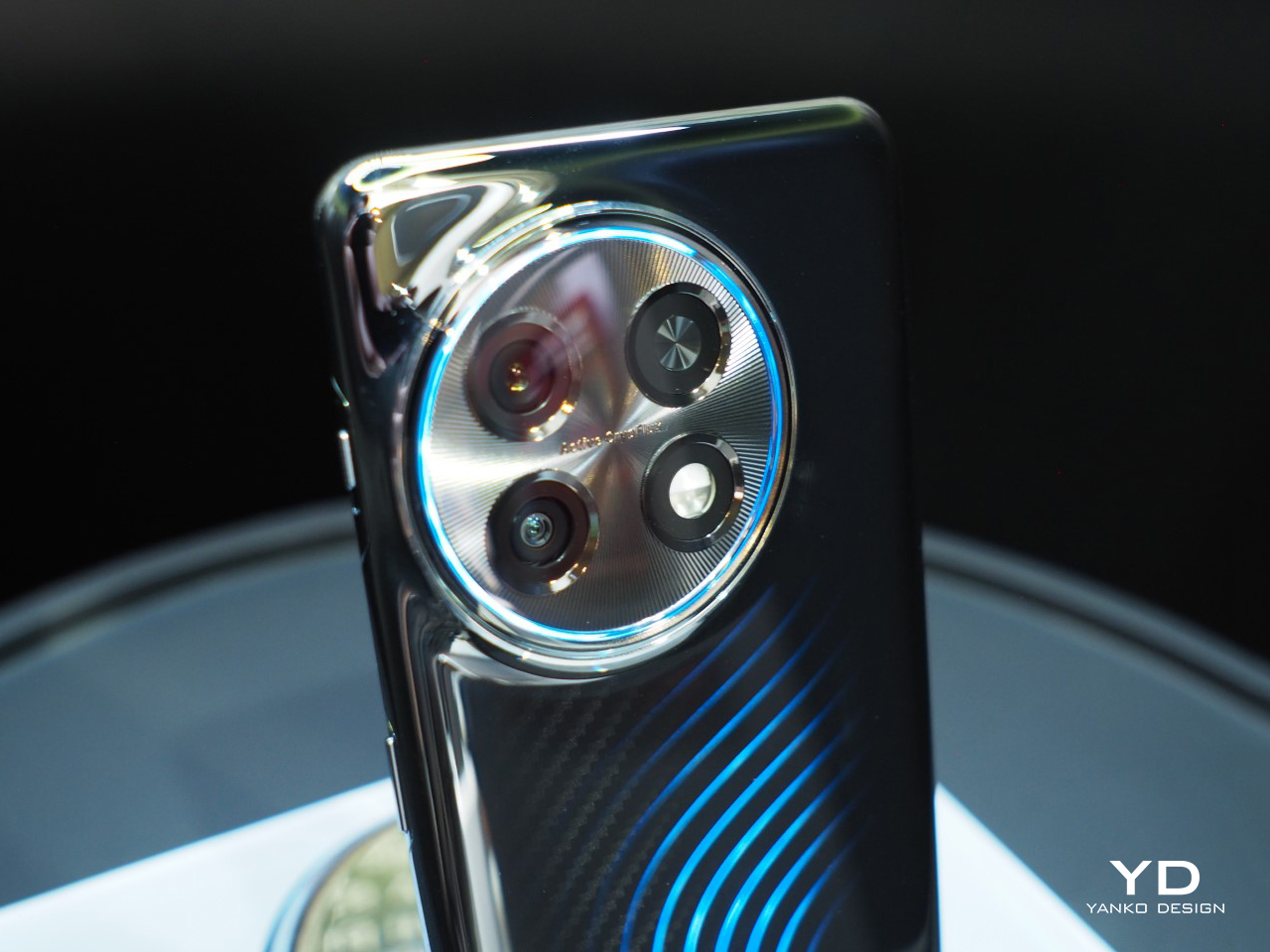
The post OnePlus 11 Concept’s liquid cooling technology is another example of innovation that’s commercially useless first appeared on Yanko Design.
